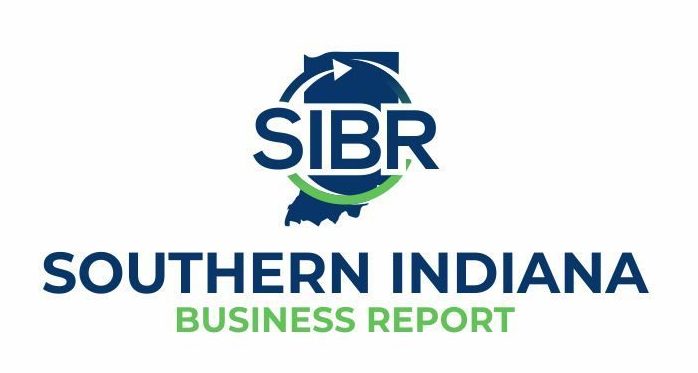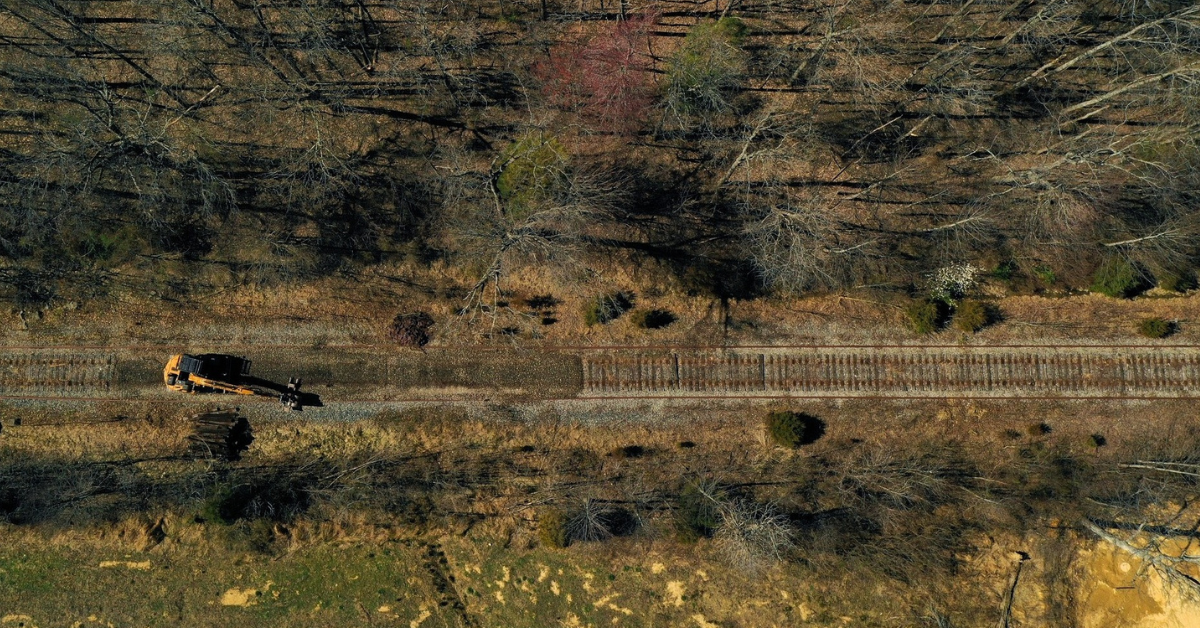Carol Johnson, Southern Indiana Business Report
BEDFORD – When sections of the Monon South Trail open in 2024, southern Indiana visitors and residents will have 62 miles of a new trail to explore. Besides the obvious health and recreation benefits of a trail that will wind through rural areas, forests, cities and towns, the communities in the four counties will reap economic benefits as well.

National Trails Day is June 3, a day to encourage Americans to not only get out and hike or bike a trail, but also to see the beauty and benefits of trails.
Based on a recent Indiana University School of Public Health study and trail counts from the Department of Natural Resources, the net economic impact of trails and active transportation annually in Indiana is as much as $1.6 billion, including direct trail-user spending of $763 million and health costs avoided of $844 million — economic benefits that increase exponentially as the connectivity between trails, people and places improves.
Studies show that the longer a trail is, the farther people will travel to visit it, the longer they will stay, and the more money they will spend. According to the nonprofit American Trails, a day-tripper will spend four times as much as a local user will spend, and an overnight visitor will spend twice the amount that a day-tripper will spend.
The Monon South will stretch from Mitchell in Lawrence County, through Orange and Washington counties before ending in New Albany.
About 27 miles of the trail will run through Washington County and the towns of Salem, Campbellsburg, Saltillo and Pekin.
Tammi Gibson, executive director of the Washington County Economic Growth Partnership, said county leaders are working to make sure the communities along the route are ready for trail users and also to make the most of the opportunity.
For example, Salem is home to the Depot, a railroad museum that includes a train layout of Salem, the John Hay Center, a new amphitheater and has a Carnegie library – all located near the Monon South trail.
“For our community, being that we are more rural, it will bring more tourism to our area,” Gibson said.
Delaney Park, Deam Lake and nearby Starve Hollow SRA already draw visitors to Washington County.
“I can see campers coming here and bringing their bikes to ride the trail,” she said. “The Monon South gives visitors a new option when they’re here.”
Salem’s existing walking and biking trails are already popular and Gibson said she would love to see those trails connected to the Monon South.
“We have great walking and biking trails around Lake Salinda,” she said. “For outdoor enthusiasts, I think this is going to be the place to go and it will spur our local residents to get out and get moving.”
She also said the trail can be a draw for those remote workers who want to live near a trail like the Monon South.
The proximity of The Depot to the Monon South is an opportunity to share the history of the rail line.

The Depot is the headquarters of the Monon Railroad Historical Technical Society, a nonprofit dedicated to preserving the history of the railroad. Gibson said as the state began the process of acquiring the line for its Next Level Trails program, she has seen renewed interest in the Monon Railroad.
“The trail is reviving the history of the railroad and there is an opportunity to teach kids that the trail they’re going to ride their bike on used to carry goods and that’s how our town was built and sustained,” Gibson said.
Bringing visitors to downtowns
Sally Miller, resident of the Mitchell Parks Board and a member of Friends of the Monon South Trail, a committee of volunteers, said the trail is a great opportunity for local businesses and future development.
“We’re blessed because our trailhead will go right downtown,” Miller said. “We’re excited about different hiking and biking groups coming through and eating at our restaurants. We want our business owners to know the trail can benefit them. We do see the trail as a great opportunity and we’re a community that can use that boost to our downtown.”
Erik Bush, CEO Washington County Chamber of Commerce, said he has been speaking to area businesses about preparing for trail users.
A sandwich shop, information about local businesses and points of interest, bike racks and tools to make bicycle repairs all have potential to bring trail users into a community.
“From a business perspective, I see the trail as ‘How can we spark growth in our area? What kind of businesses do we need? And how can we give them help with marketing,” Bush said.
Promoting tourism in the Discover Southern Indiana communities along the trail is another opportunity, Bush said.
Increasing property values
Property values can also benefit when a trail opens.
A 2014 study on the Indianapolis Cultural Trail, an 8-mile trail that opened in 2013, found that property assessments near the trail rose 148% and the trail stimulated new housing development. The study estimated a property value impact of close to $1 billion.
The Indianapolis Cultural Trail has an estimated economic impact of $865 million.
A 2022 study looked at the economic impact of the Poka-Bache Connector in northeast Indiana. The Poka-Bache Connector is a multi use trail, which has constructed and future sections in Allen, DeKalb, Steuben, and Wells counties.
Spending by visitors and trail users as a result of the Poka-Bache Connector in 2022 on overnight accommodations, food and beverage purchases, and retail purchases for items to use on the trail like bicycles or running shoes created a regional economic impact of $6.9 million and supported 67.1 jobs in the four-county region, according to the study conducted by the Community Research Institute (CRI) at Purdue University Fort Wayne.
Economic benefits
American Trails listed other benefits of trails:
- Trails boost spending at local businesses. Communities along trails, often called trail towns, benefit from the influx of visitors going to restaurants, snack shops and other retail establishments. On longer trails, hotels, bed and breakfasts, and outdoor outfitters benefit.
- Trails make communities more attractive places to live. When considering where to move, homebuyers rank walking and biking paths as one of the most important features of a new community.
- Trails influence business location and relocation decisions. Companies often choose to locate in communities that offer a high level of amenities to employees as a means of attracting and retaining top-level workers. Trails can make communities attractive to businesses looking to expand or relocate both because of the amenities they offer to employees and the opportunities they offer to cater to trail visitors.
- Trails reduce medical costs by encouraging exercise and other healthy outdoor activities.
- Trails revitalize depressed areas, creating a demand for space in what were once vacant buildings.
- Trails provide low or no-cost recreation to families with low costs relative to other recreational services that could be provided by government.
- Trails increase tax revenues in the communities in which they are located.
- These benefits represent a huge economic return on the money invested into trail projects. The costs of land acquisition for trails, trail construction and maintenance are far outweighed by the economic benefits generated by trails.



